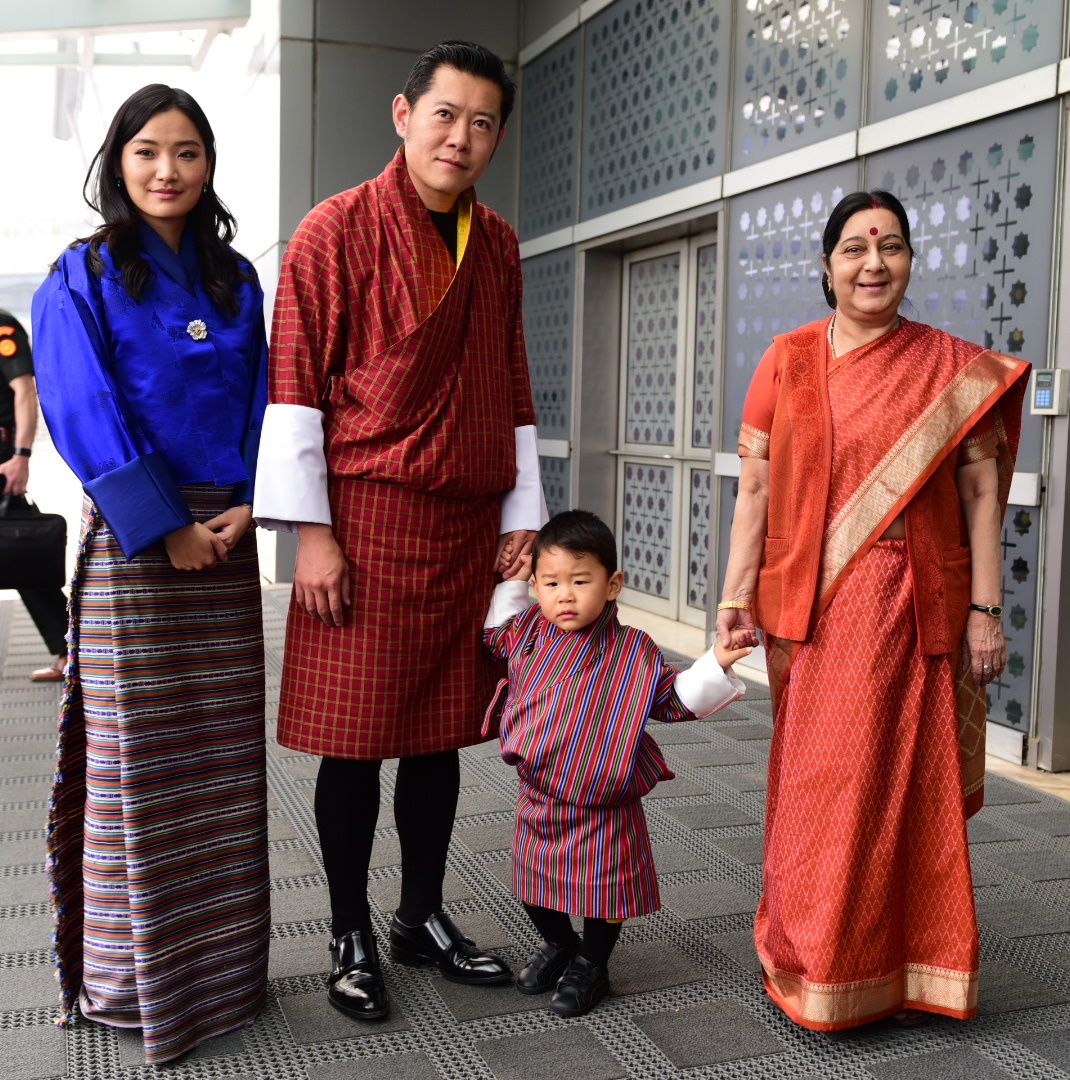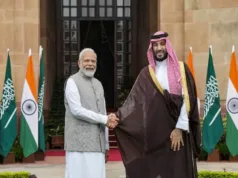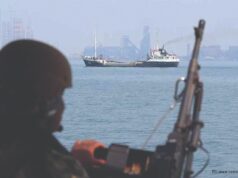
New Delhi: The king and queen of Bhutan—Jigme Khesar Namgyel Wangchuck and Jetsun Pema Wangchuck—began a four-day visit to India on Tuesday. This is the first Royal visit since India and China ended a 73-day-old standoff on Doklam plateau two months ago.
During the visit, His Majesty the King of Bhutan will meet with the President of India and the Prime Minister, who will host a dinner in honour of Their Majesties. The Vice President of India, External Affairs Minister and other Ministers and senior officials will call on His Majesty, the King of Bhutan.
India and Bhutan enjoy unique ties of friendship, which are characterized by deep understanding and mutual trust. The visit of His Majesty the King of Bhutan is in keeping with the long standing tradition of regular high-level exchanges between the two countries.
The visit would provide an opportunity to both the sides for reviewing the entire gamut of bilateral cooperation, including plans for befitting celebrations of golden jubilee of establishment of diplomatic relations between our two countries in the year 2018, and to advance the special bilateral ties of friendship and cooperation.
Doklam standoff
In June 2017 Chinese troops with construction vehicles and road-building equipment began extending an existing road southward on the Doklam plateau. Later, around 270 Indian troops, with weapons and two bulldozers, entered Doklam to stop the Chinese troops from constructing the road. Bhutan protested to China against the construction and according to the Bhutanese government China attempted to extend a road that previously terminated at Doka La towards the Bhutan Army camp at Zornpelri near the Jampheri Ridge 2 km to the south; that ridge, viewed as the border by China but as wholly within Bhutan by both Bhutan and India, extends eastward approaching India’s highly-strategic Siliguri corridor.
Hydropower is one of the main pillars of bilateral cooperation between both the countries. India has set up three hydropower projects (Chukha hydroelectric project, Kurichhu hydroelectric project and Tala hydroelectric project totaling 1,416 MW.
Bhutan has a hydel power potential of 30,000 megawatt (MW) of which 23,000MW can be tapped.
About three-fourth of the power generated is exported and the rest is used for domestic consumption.
India is Bhutan’s largest trading partner. In 2016, bilateral trade stood at Rs 8,723 crore with total imports being Rs 5,528.5 crore (82 per cent of Bhutan’s total imports) and exports recorded as Rs 3,205.2 crore including electricity (90 per cent of Bhutan’s total exports).
India’s foreign policy under Modi has stressed on “neighborhood first” approach and it is only natural that there is an exchange of high level visits. Bhutan was the first country Modi decided to visit after taking office, a move which signifies its importance for India in the region.









